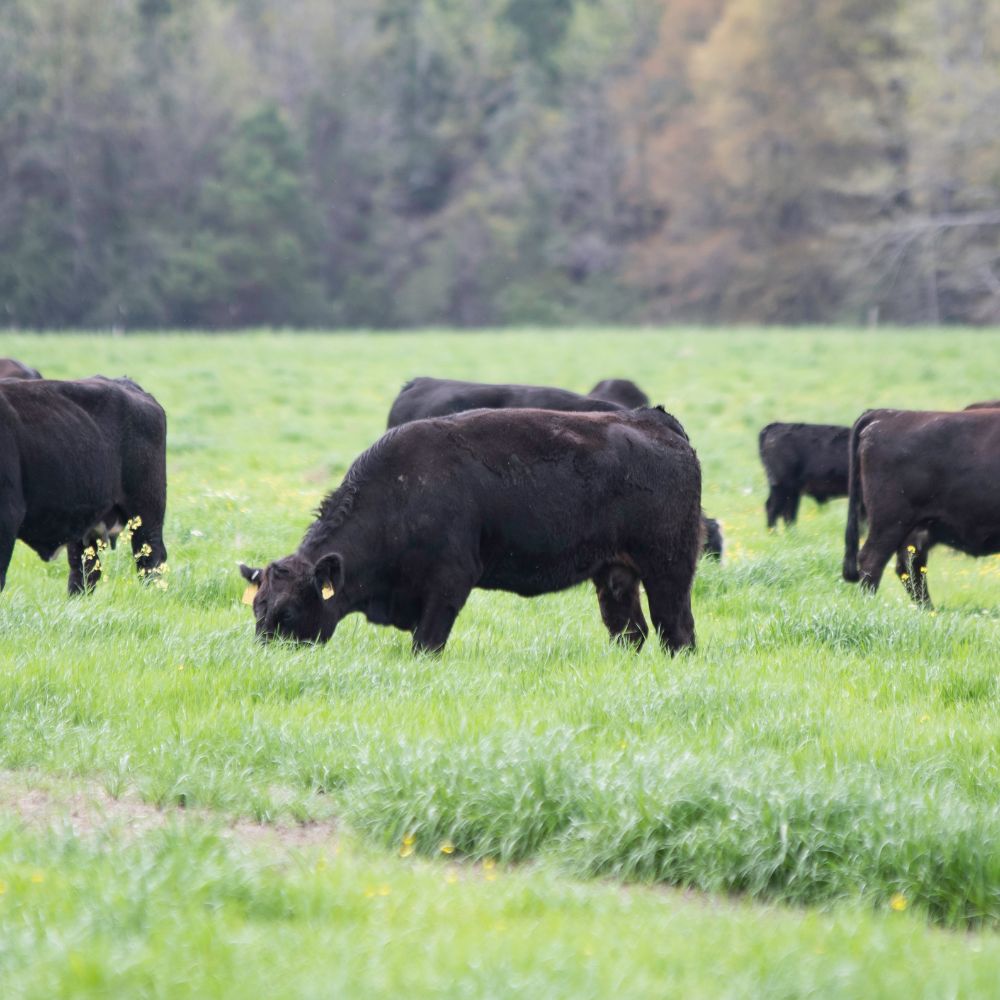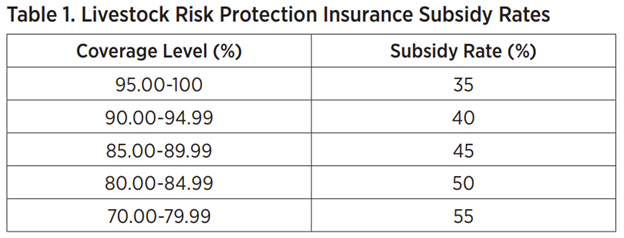Bagley Risk Management Solutions: Your Guard Versus Uncertainty
Bagley Risk Management Solutions: Your Guard Versus Uncertainty
Blog Article
Understanding Livestock Risk Defense (LRP) Insurance: A Comprehensive Guide
Navigating the realm of animals danger defense (LRP) insurance coverage can be a complex endeavor for several in the farming industry. This kind of insurance policy supplies a security internet versus market variations and unexpected scenarios that can impact livestock manufacturers. By comprehending the details of LRP insurance, manufacturers can make educated decisions that might guard their procedures from financial threats. From exactly how LRP insurance policy functions to the various protection options offered, there is much to reveal in this extensive overview that can potentially shape the means animals producers approach danger management in their organizations.

Just How LRP Insurance Functions
Periodically, recognizing the technicians of Animals Risk Security (LRP) insurance policy can be complicated, however breaking down just how it functions can provide quality for farmers and breeders. LRP insurance policy is a threat monitoring device created to shield animals manufacturers against unexpected price declines. It's crucial to note that LRP insurance coverage is not an income warranty; rather, it focuses entirely on rate risk security.
Qualification and Protection Options

When it comes to insurance coverage choices, LRP insurance policy supplies producers the versatility to choose the insurance coverage level, insurance coverage duration, and recommendations that best suit their danger monitoring demands. Insurance coverage degrees typically vary from 70% to 100% of the anticipated finishing value of the insured animals. Manufacturers can also choose protection durations that align with their production cycle, whether they are insuring feeder cattle, fed livestock, swine, or lamb. Recommendations such as rate danger security can better customize coverage to shield versus adverse market fluctuations. By understanding the eligibility requirements and protection alternatives offered, animals manufacturers can make enlightened choices to manage risk successfully.
Benefits And Drawbacks of LRP Insurance Policy
When assessing Animals Threat Security (LRP) insurance coverage, it is vital for animals producers to consider the advantages and negative aspects fundamental in this risk administration tool.

One of the main advantages of LRP insurance policy is its capacity to supply defense against a decrease in animals rates. Additionally, LRP insurance coverage supplies a degree of adaptability, enabling producers to customize coverage levels and policy periods to match their specific demands.
Nevertheless, there are also some drawbacks to consider. One restriction of LRP insurance policy is that it does not shield versus all kinds of dangers, such as illness episodes or all-natural calamities. Moreover, costs can often be costly, specifically for manufacturers with big animals herds. It is essential for producers to thoroughly analyze their private danger direct exposure and economic situation to figure out if LRP insurance coverage is the appropriate threat monitoring device for their procedure.
Recognizing LRP Insurance Premiums

Tips for Taking Full Advantage Of LRP Benefits
Taking full advantage of the advantages of Animals Threat Protection (LRP) insurance coverage requires calculated preparation and positive danger monitoring - Bagley Risk Management. To take advantage of your LRP protection, think about the adhering to pointers:
Frequently Analyze Market Conditions: Stay notified concerning market trends and price changes in the livestock industry. By checking these aspects, you can make informed decisions concerning when to acquire LRP coverage to shield versus possible losses.
Establish Realistic Insurance Coverage Degrees: When selecting insurance coverage levels, consider your manufacturing prices, market price of livestock, and possible risks - Bagley Risk Management. Establishing sensible insurance coverage degrees makes sure that you are appropriately shielded without paying too much for unneeded insurance coverage
Expand Your Coverage: Rather than relying only on LRP insurance, take into consideration expanding your danger administration approaches. Integrating LRP with various other risk administration devices such as futures contracts or alternatives can offer detailed coverage against market unpredictabilities.
Review and Readjust Insurance Coverage Regularly: As market conditions transform, occasionally assess your LRP coverage to ensure it aligns with your present risk exposure. Changing protection degrees and timing of acquisitions can assist enhance your risk defense strategy. By adhering to these ideas, you can optimize the benefits of LRP insurance coverage and safeguard your livestock procedure against unforeseen dangers.
Conclusion
To conclude, animals risk protection (LRP) insurance policy is a valuable device for farmers to take care of the financial threats associated with their livestock procedures. By comprehending just how LRP works, eligibility and insurance coverage options, along with the advantages and disadvantages of this insurance policy, farmers can make enlightened decisions to safeguard their incomes. By thoroughly thinking about LRP premiums and implementing methods to take full advantage of benefits, farmers can reduce potential losses and make sure the sustainability of their operations.
Animals manufacturers interested in acquiring Livestock Danger Protection (LRP) insurance policy can explore a variety of qualification standards and coverage options tailored to their particular livestock procedures.When it comes to insurance coverage alternatives, LRP insurance provides producers the versatility to select the insurance coverage degree, insurance coverage duration, and recommendations that finest fit their danger administration requirements.To understand the complexities of Livestock Threat Defense (LRP) insurance policy totally, recognizing the aspects affecting LRP insurance coverage premiums is important. LRP insurance coverage premiums are determined by various elements, including the coverage level selected, the anticipated rate of animals at the end of the insurance coverage period, the kind of animals being guaranteed, and the length of the insurance coverage period.Testimonial and Change Coverage Routinely: As market conditions transform, regularly evaluate your LRP coverage to our website guarantee it lines up with your current threat direct exposure.
Report this page